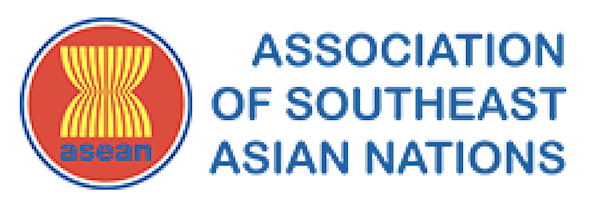The ASEAN Programme on Sustainable Management of Peatland Ecosystems (APSMPE 2014-2020) was endorsed by the Ninth Meeting of the Conference of the Parties to AATHP (COP-9) held on 23 September 2013 in Surabaya, Indonesia, to support collaboration among various stakeholders (including government, private sector, communities and civil society) in the ASEAN region to achieve the goal of the ASEAN Peatland Management Strategy 2006-2020 (APMS), namely: to promote sustainable management of peatlands in the ASEAN region through collective actions and enhanced cooperation, support and sustain local livelihoods, reduce risk of fire and associated haze and contribute to global environmental management.
Six (6) key targets for the APSMPE are as follows:
- All peatland areas in ASEAN identified and inventorised;
- Zero-burning uniformly practiced and controlled-burning only in exceptional cases to prevent any uncontrolled wildfires on peatlands, and eliminated any widespread smoke haze;
- Fire prone sites rehabilitated by focusing on root causes of fire;
- Peatlands sustainably managed, sustainable livelihoods enhanced, and sustainable economic use mainstreamed;
- Peatlands conserved to contribute to significantly reduced emissions of greenhouse gases and increased peatland biodiversity in the region; and,
- APMS and National Action Plan on Peatlands (NAPs) implemented; national and regional capacity enhanced.
Since the endorsement of the APSMPE, a number of actions have been taken to further implement the APMS. At regional level, several ongoing projects and programmes are being implemented collaboratively with various partners and stakeholders to achieve the sustainable management of haze and peatlands.








